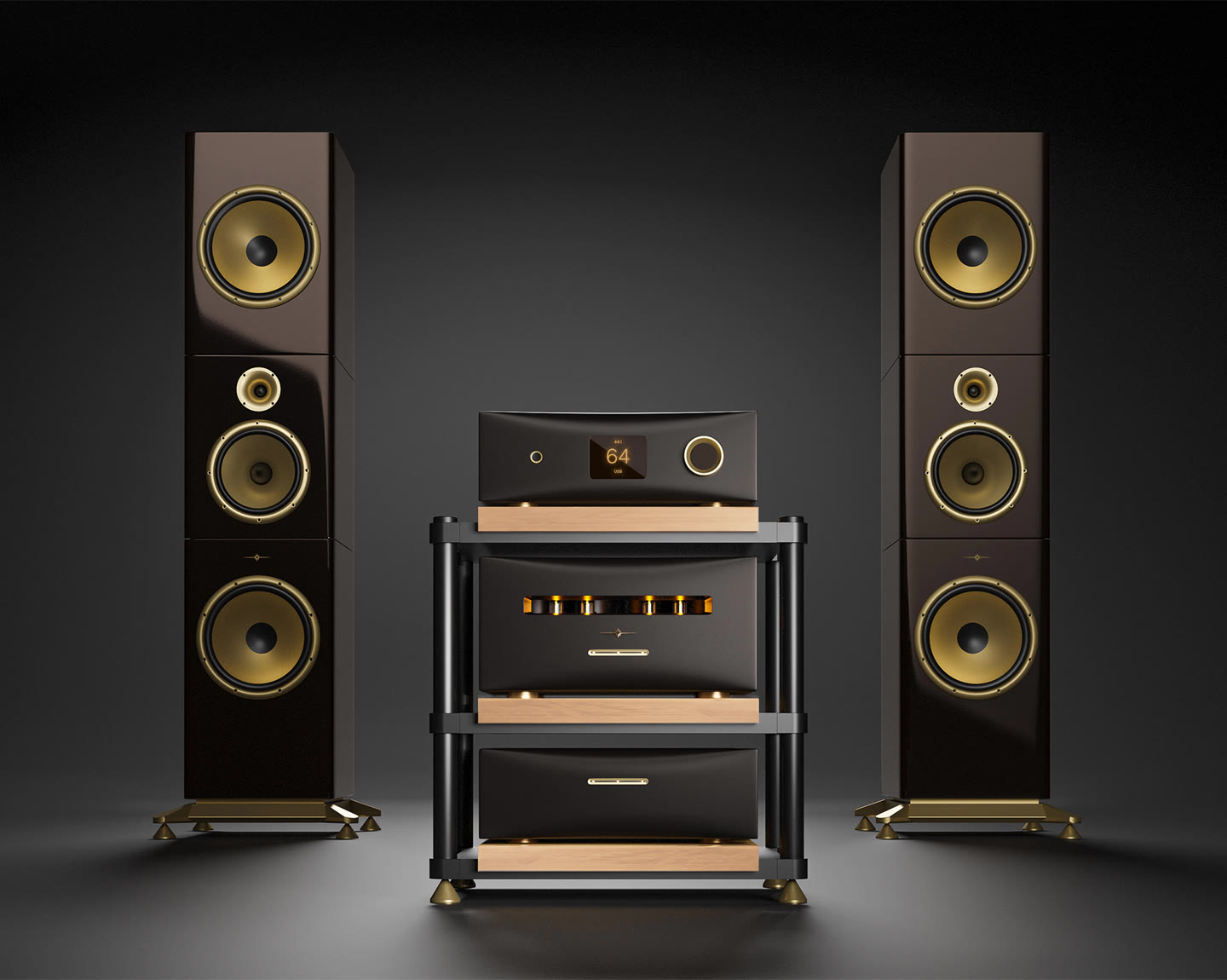Sound quality is much shaped by room acoustics, which also affect our perception of sounds in different surroundings. The way sound interacts with the surfaces and architecture of a room will greatly affect or reduce audio clarity and depth, whether in a performance hall, recording studio, or home theater. An Audiophile trying to maximize their hearing experience must first understand these acoustic ideas.
Reflection and Absorption
Room acoustics fundamentally depend on a balance between sound reflection and absorption. Hard surfaces, including concrete walls and hardwood flooring, reflect sound waves, which can cause possible echoes and reverberation that would impair audio clarity. Soft materials, on the other hand, such as drapes, rugs, and acoustic panels absorb sound waves, therefore lowering unwelcome reflections. A balanced acoustic environment—where sound is both clear and full-bodied—is created by the proper mix of these components.
Room Shape and Size

Furthermore, affecting sound quality are a room’s dimensions and form. Although big, wide areas may radiate grandeur, they might cause sound waves to travel too far, which would cause delays upsetting acoustic coherence. Smaller rooms, on the other hand, might create a more personal sound but might cause too strong bass building, therefore overpowering some frequencies over others. Whether the space has vaulted ceilings, parallel walls, or asymmetrical forms, its architecture will control how sound waves behave. Sound diffusion is one of the methods designers and audio engineers use to equally distribute sound waves around the room, therefore enhancing the general sound quality.
Background Noise and External Factors
Background sounds and outside noise can compromise the audio quality in a space. Sound quality may be compromised by loud sources such as traffic, heating systems, or even neighboring space discussions. Using soundproofing methods such as insulation, window and door gap sealing, and heavy drapes will help to lessen these problems. These techniques enable a more regulated acoustic environment, therefore enhancing the listening experience by means of their richness. In environments like recording studios and home theaters, where sound quality is vital, lowering background noise is extremely important.
Room acoustics profoundly affect sound quality in many different ways, particularly for the Audiophile. Understanding the ideas of reflection, absorption, room shape, and external noise sources helps people act in order to improve their listening surroundings. Spending time and money to maximize room acoustics will help to greatly enhance the audio experience, thereby bringing every note and detail alive, whether for professional audio work or leisure listening.

































